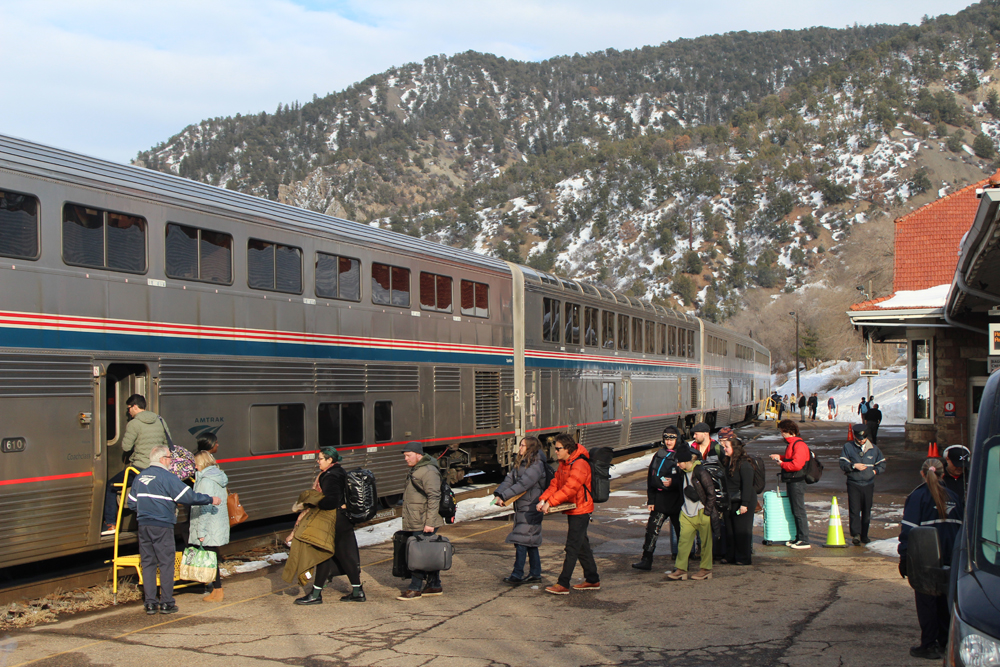
WASHINGTON — Details have yet to emerge regarding how much money the Trump Administration and Congress might be willing to appropriate for Amtrak in Fiscal 2026, beginning on Oct. 1, 2025.
Amtrak is not mentioned in the $163 billion of “non-defense discretionary spending” budget cuts in the spending plan released today (May 2, 2025) — the so-called “skinny budget” with general goals of the administration but limited specifics.
The Department of Transportation portion of the plan calls for an additional $770 million for the Infrastructure for Rebuilding America (INFRA) grants program, on top of $1.5 billion already allotted under the Bipartisan Infrastructure Law. It also calls for $500 million for rail safety and infrastructure grants (apparently the CRISI grant program, although not identified by name). This would be a $400 million increase from 2025 levels.
Other increases would go to Federal Aviation Administration operations, facilities, and radar upgrades, and shipbuilding and port infrastructure projects. The only DOT program singled out for cuts in the budget plan is the Essential Air Service program, which provides subsidies to maintain commercial service to smaller airports. That would cut more than $300 million by changing eligibility and subsidy rates. In all, the identified elements of the budget plan call for a $2.6 billion spending increase.
A letter from White House budget director Russel Voight to Senate Appropriations Committee Chairman Susan Collins (R-Maine) says the figures “result from a rigorous, line-by-line review of FY 2025 spending, which was found to be laden with spending contrary to the needs of ordinary working Americans and tilted toward funding niche nongovernmental organizations and institutions of higher education committed to radical gender and climate ideologies antithetical to the American way of life.” Amtrak doesn’t seem to fit the targeted profile of organizational cuts unless passenger rail’s positive impact on climate is regarded as a negative.
According to Politico, Collins’ initial reaction was that the budget was “late” and lacks “key details.” She objected to some proposed cuts as well as keeping overall defense spending at fiscal 2025 levels.
In past years, what generally has happened is that by this time in the year, the President has released a budget with a proposed grant to Amtrak. The company then makes a case to justify funding for its initiatives in a Grant and Legislative Request to Congress, and both chambers’ transportation and appropriation committees advance their respective recommendations. So far, nothing concrete has been proposed by any party for Fiscal 2026.
In a statement to Trains News Wire last month, Amtrak said, “We are waiting for the Administration to release its annual budget, and then we will finalize our grant request and, once approved by our Board of Directors, we will transmit our request to Congress and post it online for the public.”
As the numbers below show, Amtrak’s appropriation has been relatively constant since 2023; the 2025 spending level (through Sept. 30) was finalized in March as part of a Continuing Resolution that simply rubber-stamped the 2024 amount.
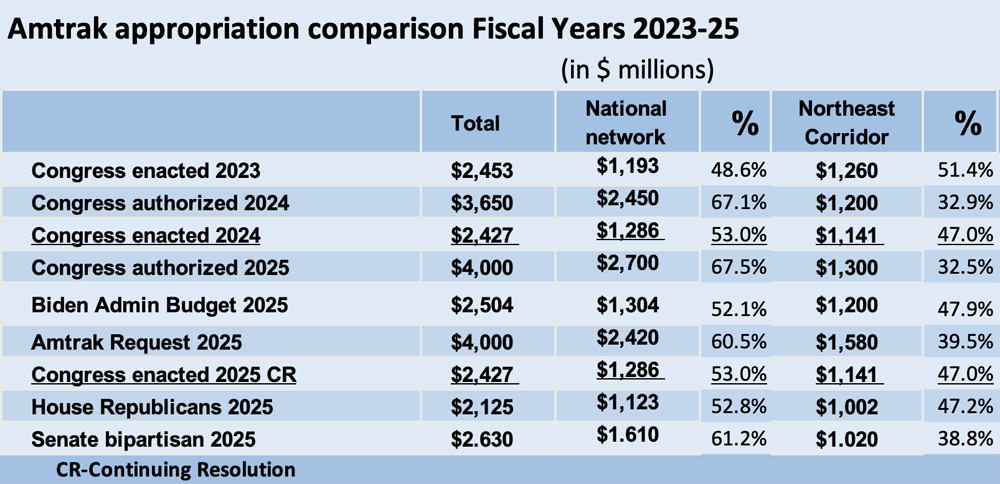
In a blog post today, Rail Passengers Association Vice President of Government Affairs and Policy Sean Jeans-Gail points out a reconciliation proposal approved by the House Transportation and Infrastructure Committee that did not include specific passenger rail funding rescissions. However, the bill dealt primarily with trust-funded transportation modal spending such as highways, air traffic control, and the U.S. Coast Guard. Amtrak is not always included in “transportation spending” discussions, because funding must be found from general government revenues.
Jeans-Gail also notes a number of pro-rail amendments advanced by the committee’s Committee’s which mostly attempted to prohibit the Secretary of Transportation from rescinding already-awarded grants. None of the amendments passed, and the reconciliation bill was advanced without any Democratic votes.
The House is scheduled to hold a series of budget hearings next week.
Trains News Wire will report on Amtrak funding developments as solid information becomes available.
— Trains Senior Editor David Lassen contributed to this report.






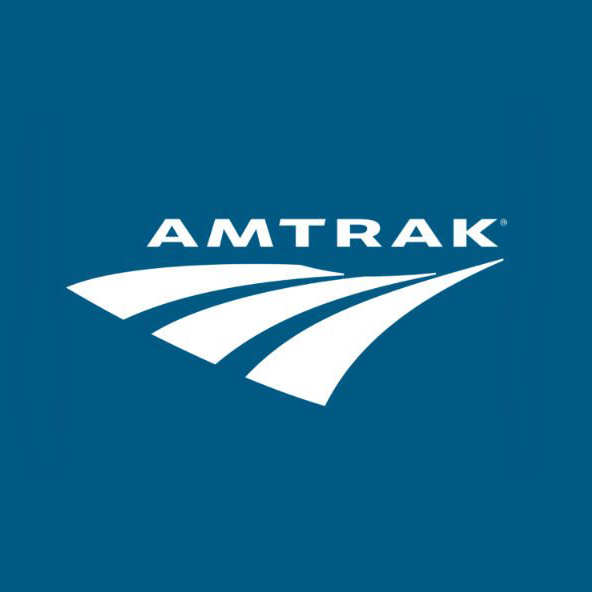

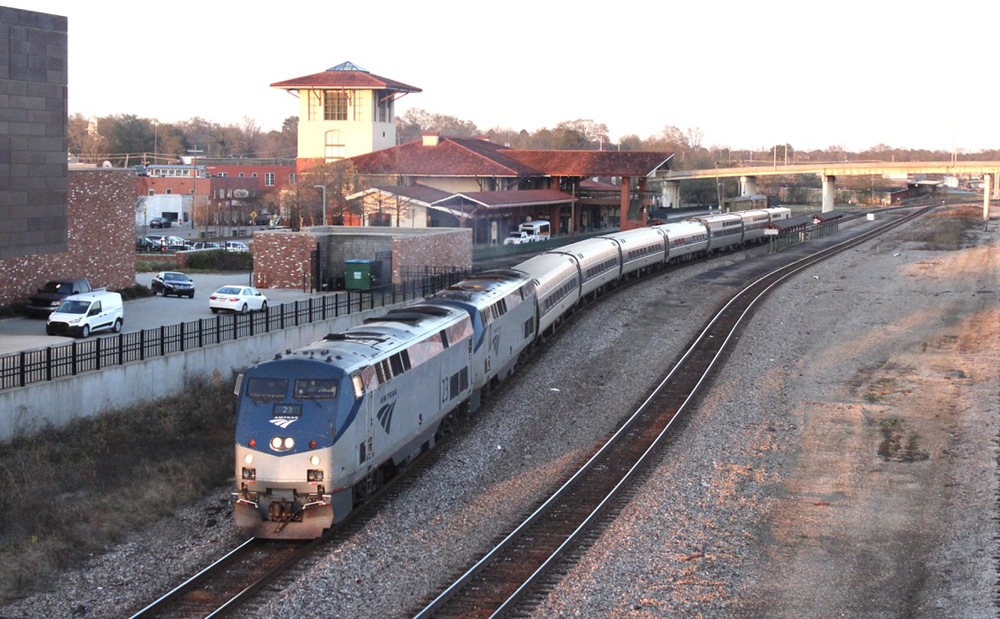




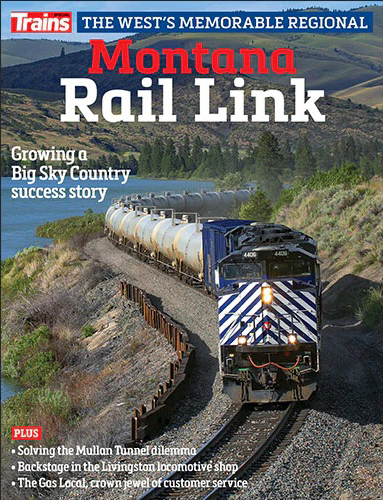
It’s time to break up Amtrak with the idea of the private sector providing high(er) speed intercity passenger service.
It seems every day now, that I see TV news reports of the airlines having safety issues, if not outright accidents. The skies and airports have become overloaded and polluted.
I wouldn’t be a bit surprised if at least one of the private sector high-speed rail wannabe operators was an existing major airline. Remember the Seaboard Airline Railroad. 🙂